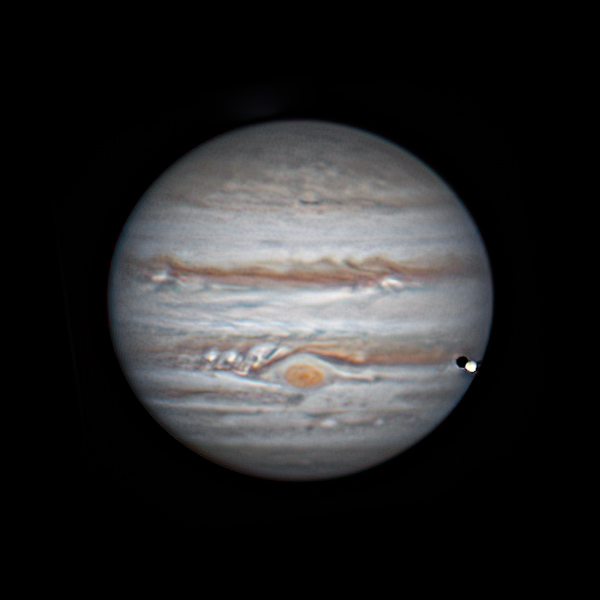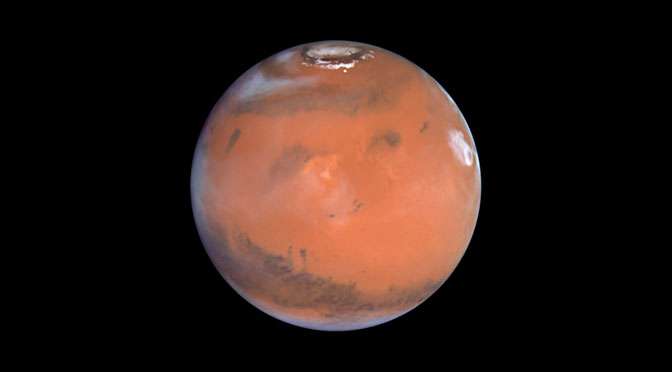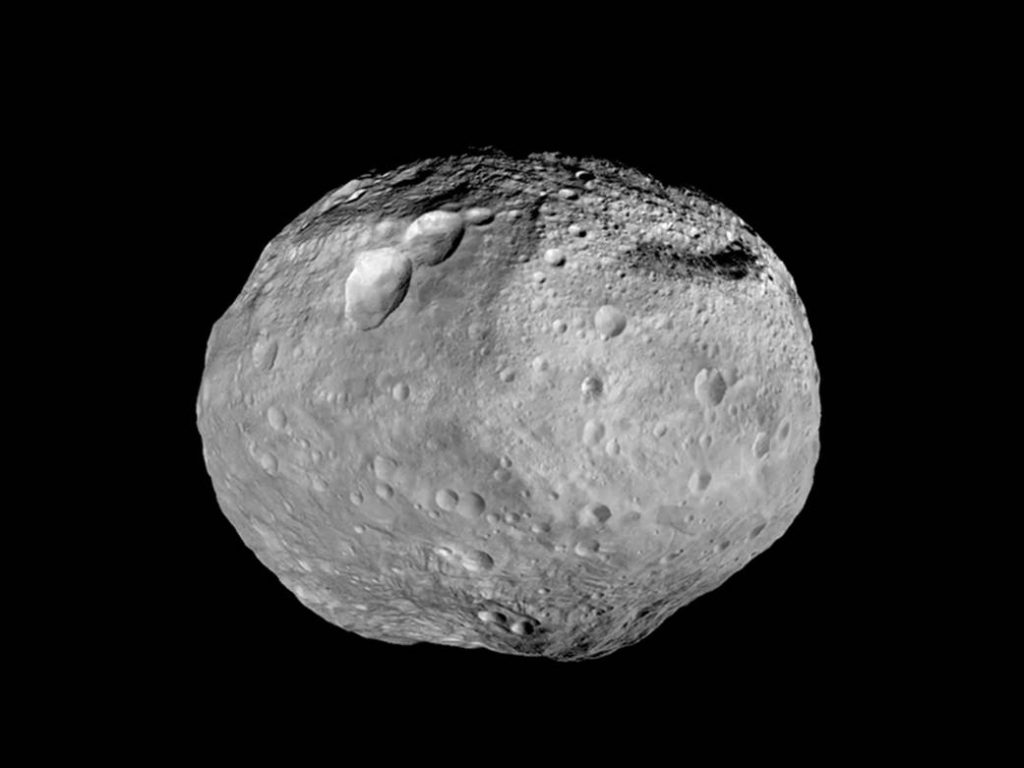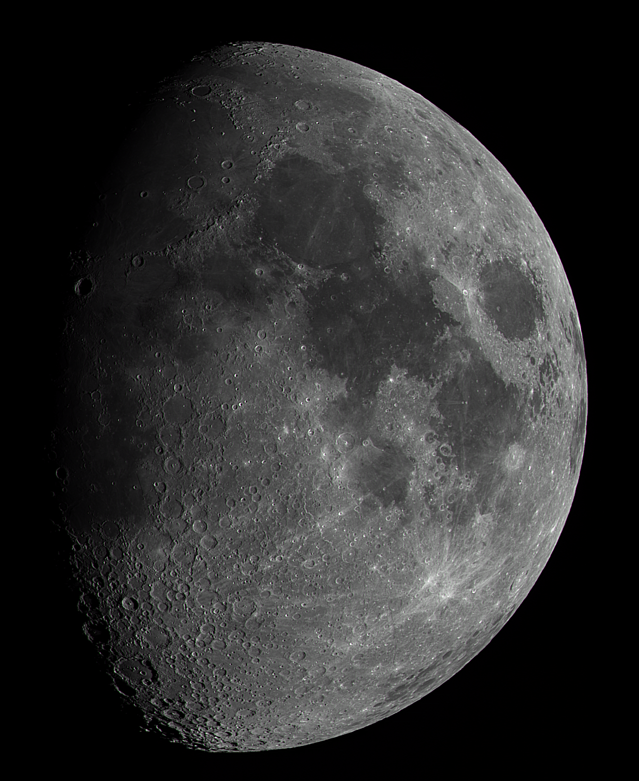By Erich Karkoschka

Jupiter is close to Aldebaran and setting around 11 pm.

Mars is a little further east near Pollux. Around 8 pm, it transits 80 degrees high. Telescopes still show details on its surface, but at 8 arc-seconds diameter, one cannot expect too much.

After all planets are down, Venus rises around 4 am. It reaches maximum brightness during the second half of April at magnitude -4.8. It displays a magnificent thin, large crescent, but getting smaller and thicker during April.

Mercury and Saturn become visible around the 10th in the morning. They can be found 6 degrees below Venus, close to the horizon during dawn. At mid-month, they are only 2 degrees apart from each other. Mercury is left of Saturn and a little brighter. Mercury stops its retrograde motion right next to Saturn and then quickly accelerates away from Saturn.

Uranus is 6 degrees south of the Pleiades, but becomes too close to the sun later to be observable.

Minor planet No. 4 Vesta is at its brightest in May. It will be visible to the naked eye. During April it rises in Libra around 8 pm.

The Full Moon will be very close to Spica on the 12th. On the morning of the 25th, its crescent is near Venus and Saturn, not far from Mercury. Neptune is also right there, but not visible.

